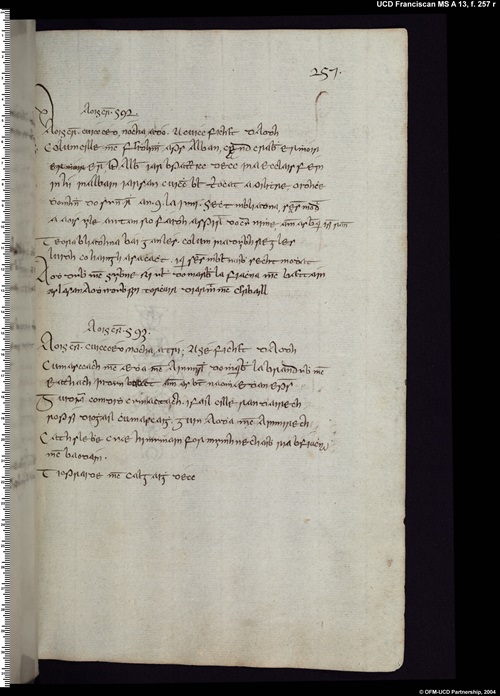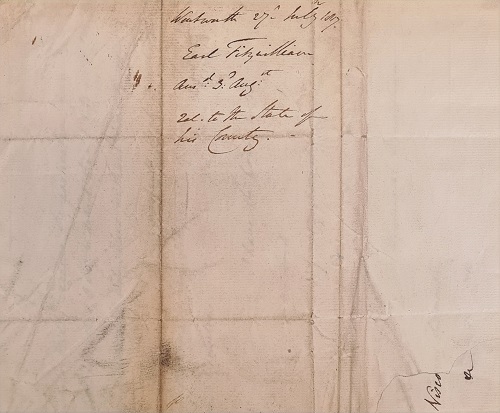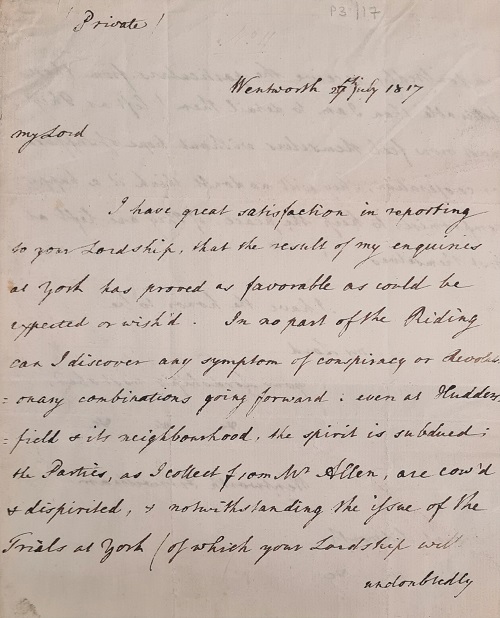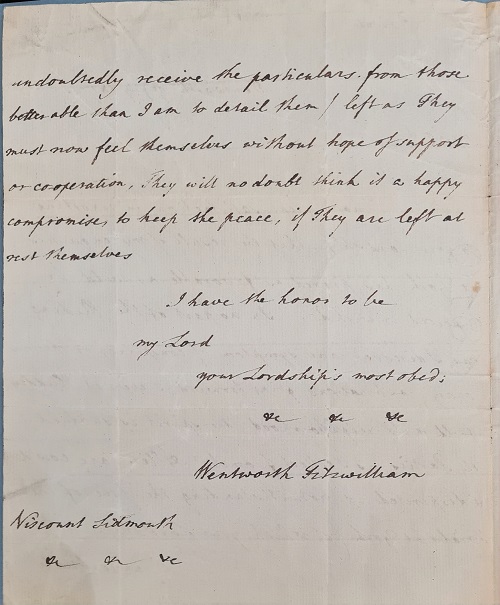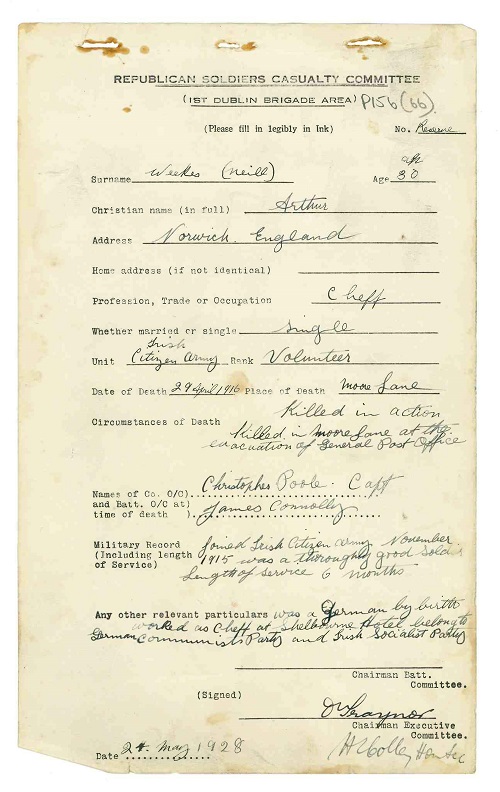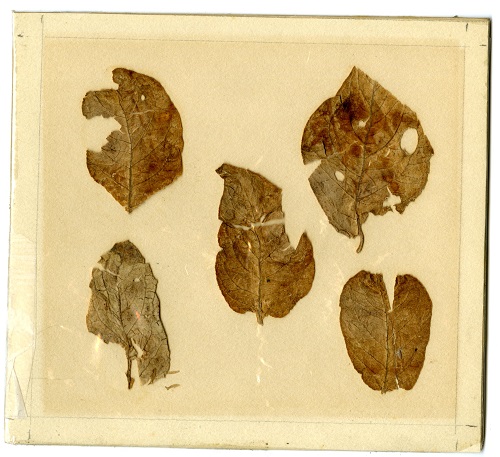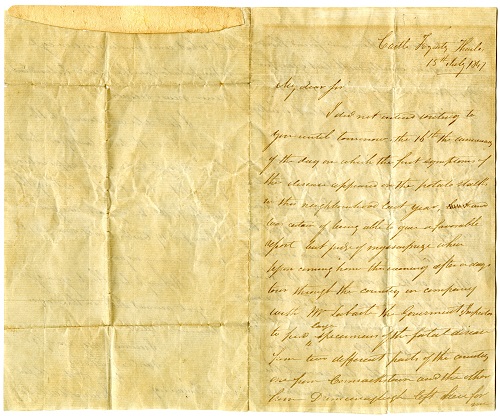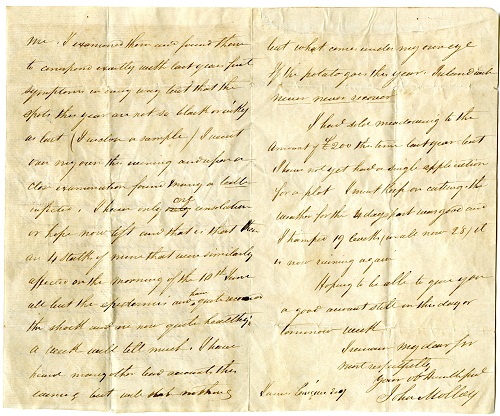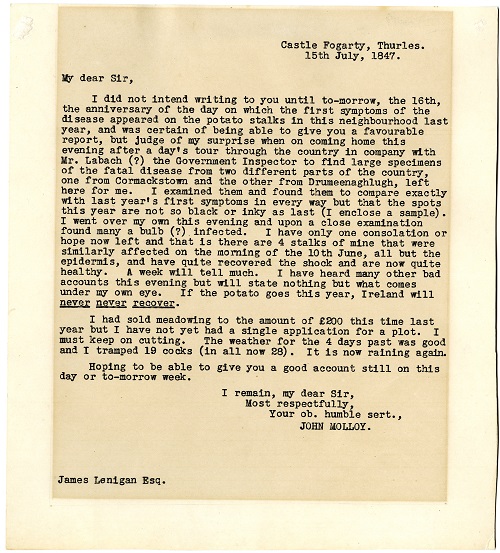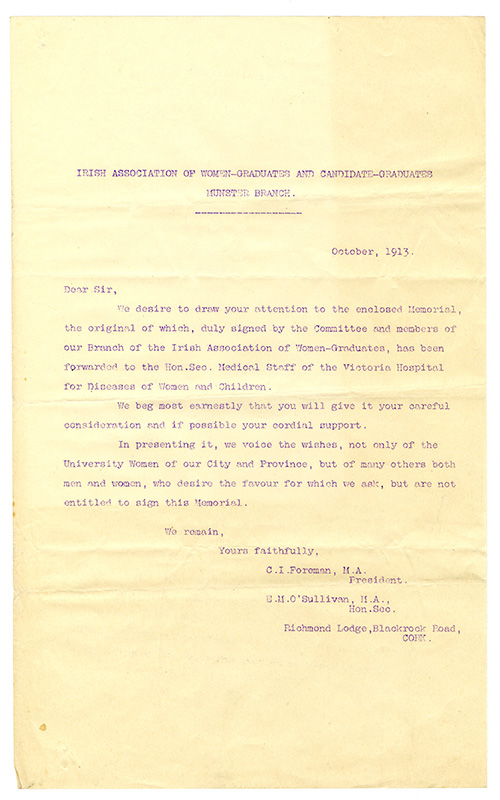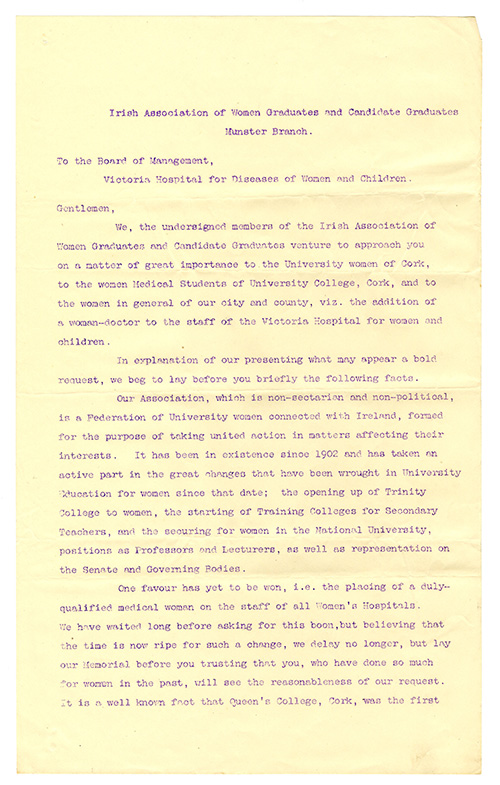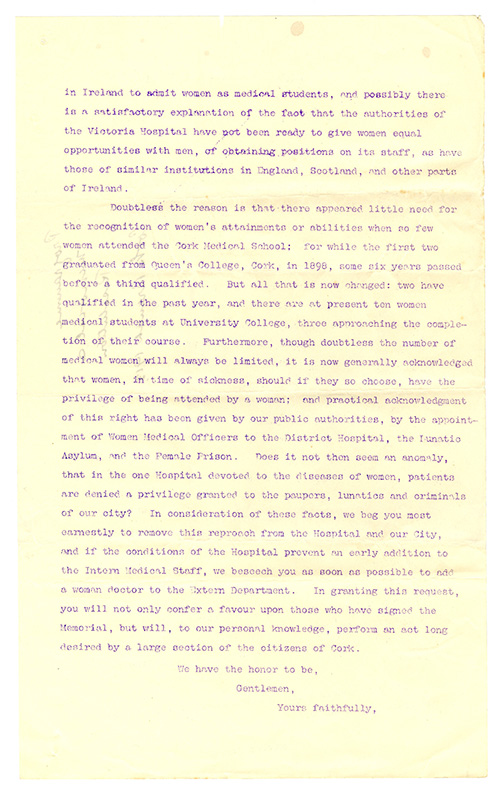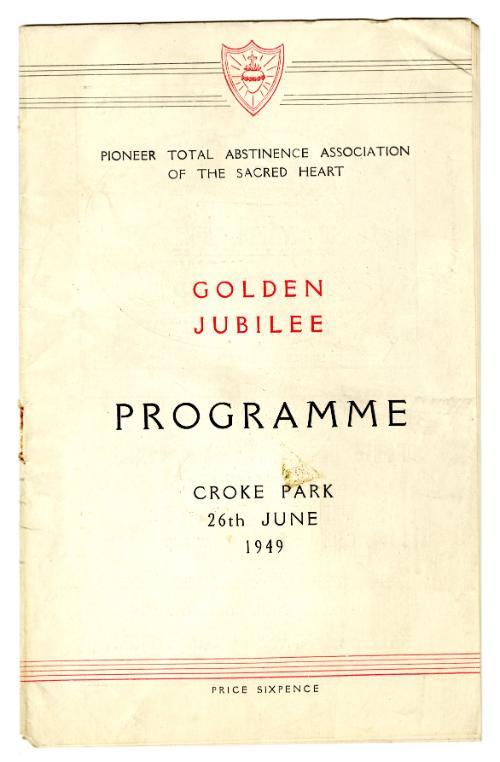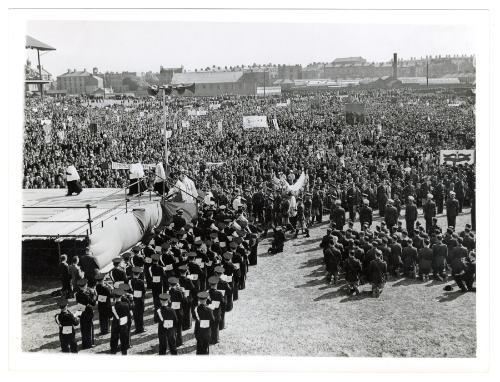Kathleen Murphywas the daughter of Dr Cornelius Murphy, a former Republican activist. She qualified as a doctor in University College Dublin, and during her studies she was elected captain of the branch of Cumann na mBan in the college. During World War II, she tirelessly campaigned to raise funds for German children orphaned because of the war. She founded the Save the German Children Society (or Saor an Leanbh) and succeeded in bringing over many young German orphans and settled them with Irish families. As a result of her efforts, she was decorated with the Cross of Merit by the German Government. She married Paul Farrell, an actor, and had four children. She died in December 1970.
UCDA P115 consists of a copybook containing press-cuttings concerning the 'Save the German Children' campaign in Ireland during World War II. Cuttings mainly of articles and 'Letters to the Editor' written by Dr Kathleen Murphy about the campaign which she founded. Also includes pamphlets advertising the campaign, as well as an account sheet showing revenue collected by the society through its screening of the first showing of the 1936 Olympic Games in the Mansion House (13 August 1948) for the Drumcondra-Glasnevin Branch.
Cuttings include an interesting exchange of 'Letters to the Editor' of the Irish Times, between Vincent Brittain and Dr Murphy. In a letter dated 17 October 1945 Brittain criticises the first meeting of the Save the German Children Society held on the 16 October to enlist aid for the children of Germany: “this meeting is merely a thinly veiled excuse for the dissemination of fascist propaganda, and pious exclamations about Christian charity are mingled with statements of such vicious hate”. Dr Murphy’s reply on the 18 October states “As Charman of the Save the German Children Society it is my duty to protest very strongly against the accusations made against us by your correspondent Mr Vincent Brittain”.
UCDA P115 Dr Kathleen Farrell (née Murphy) Papers. Press-cuttings concerning the Save the German Children campaign, 17-18 October 1945
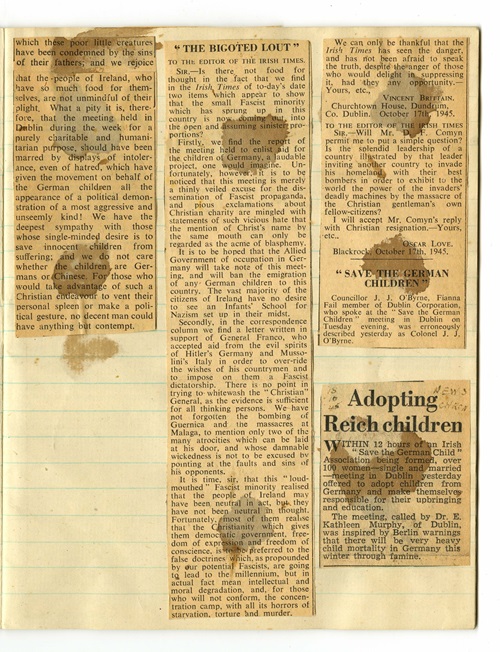
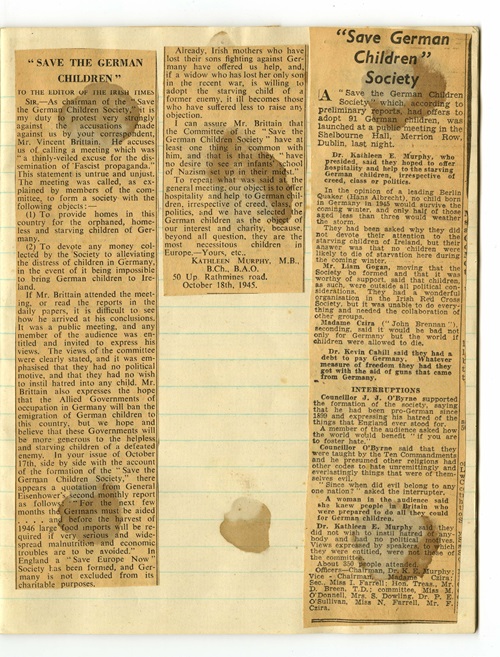
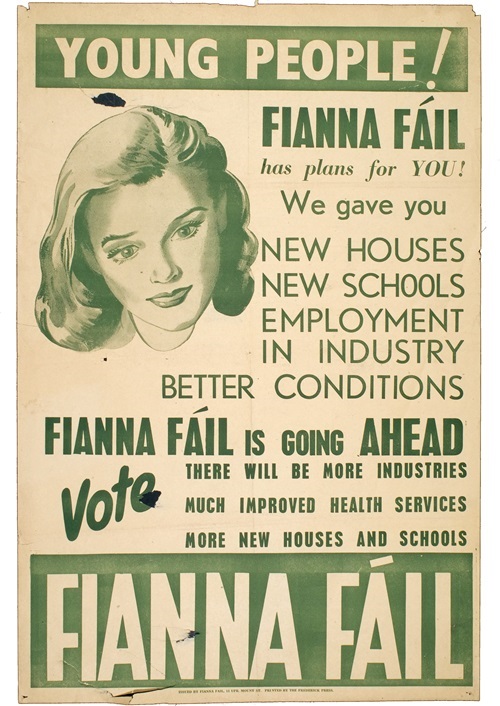
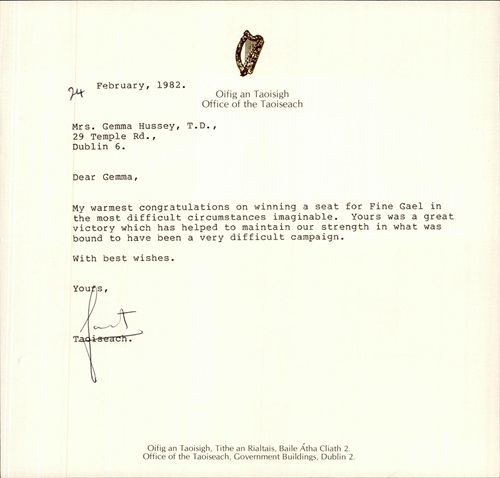
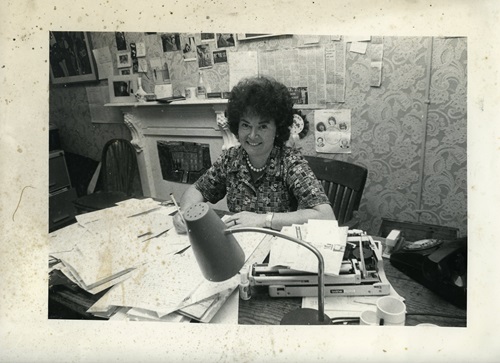
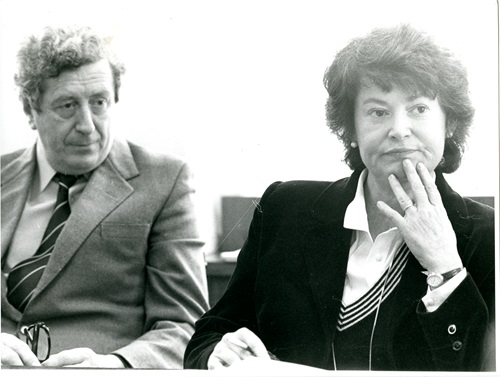
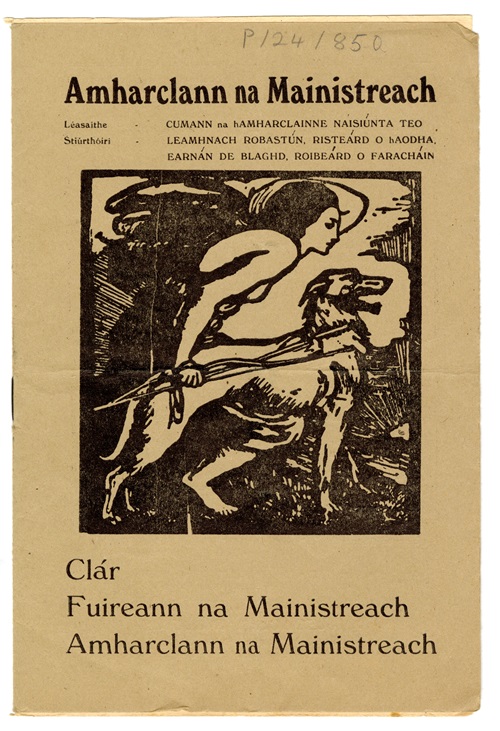
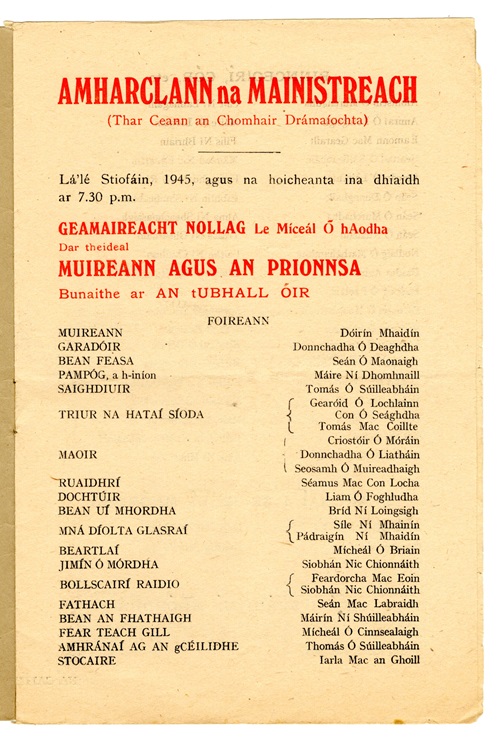


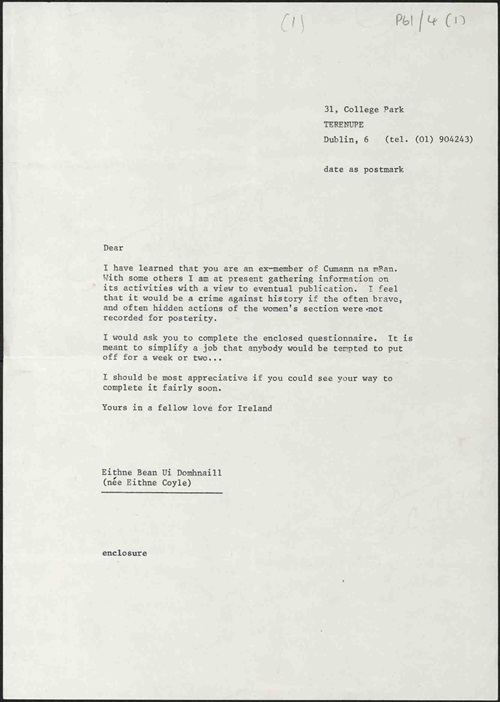
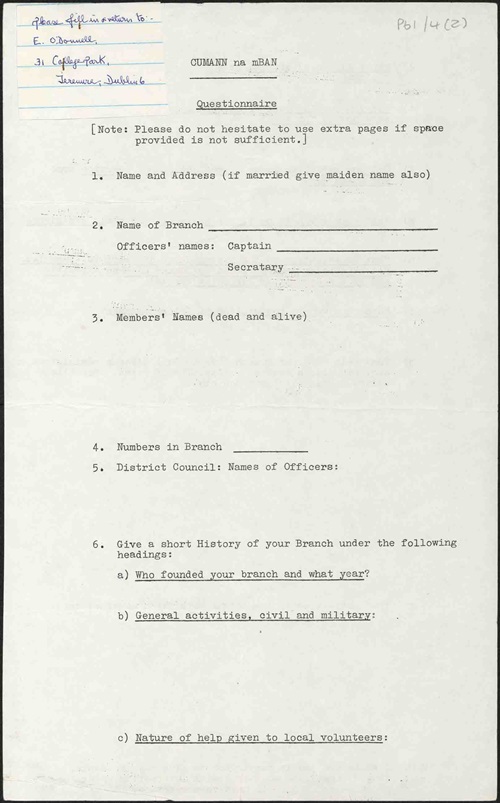
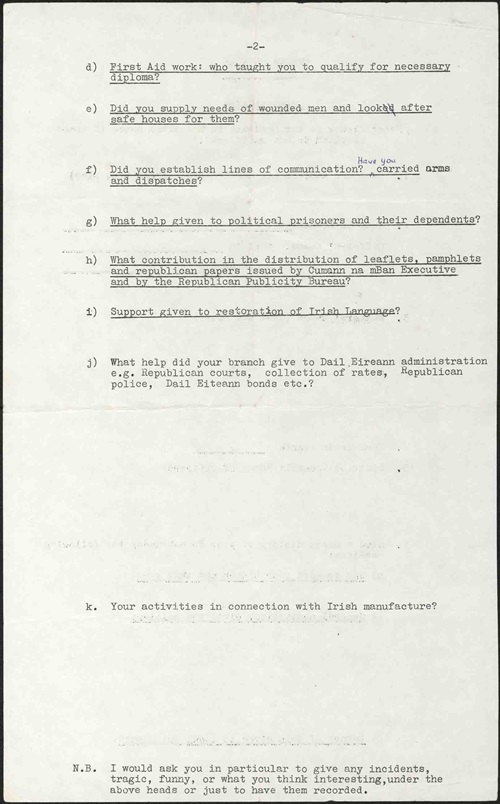

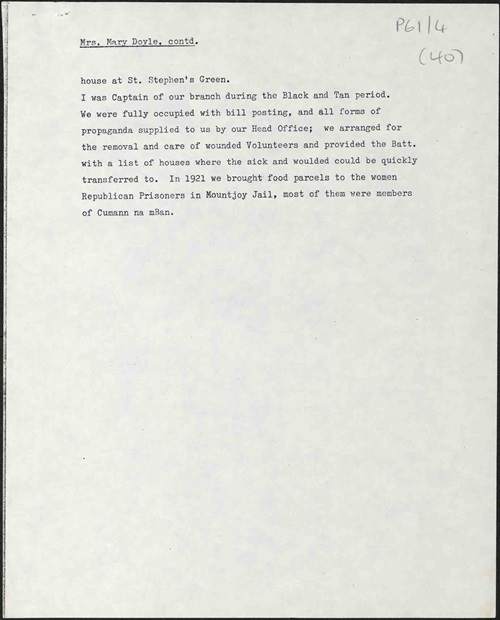
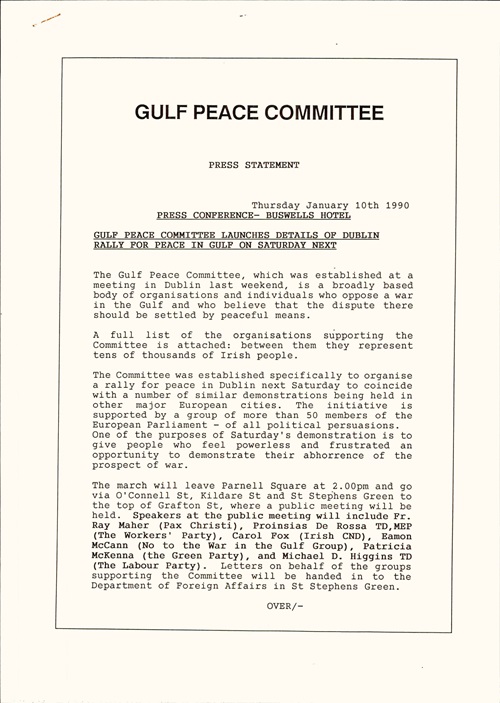
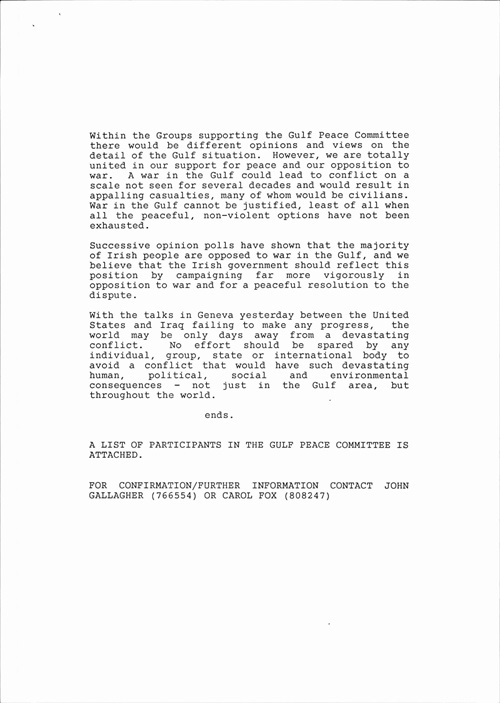
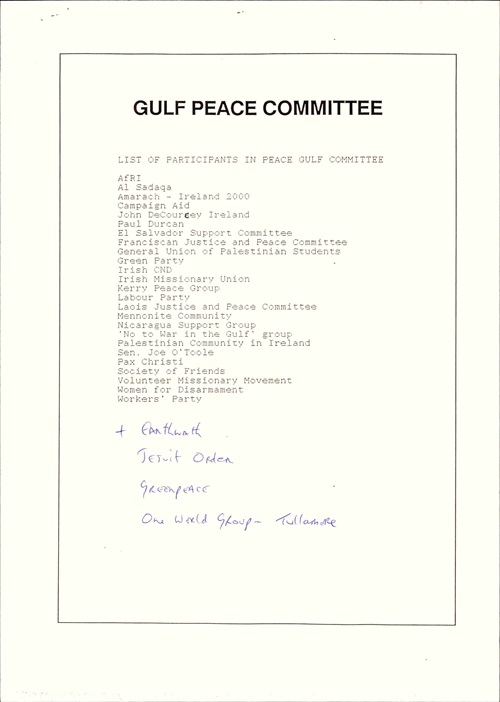
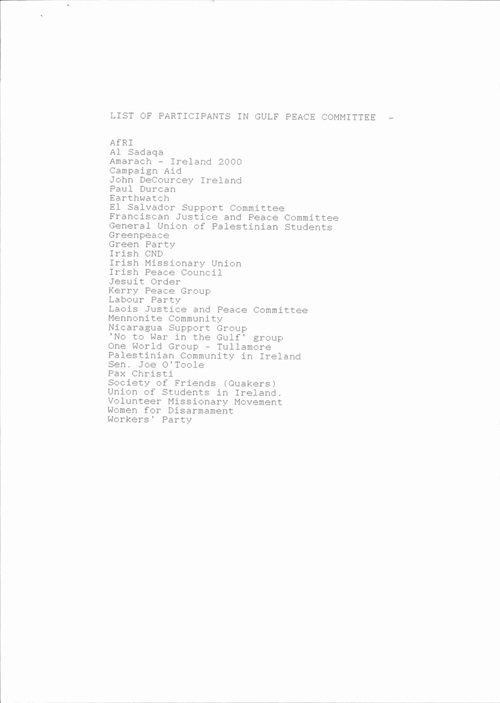
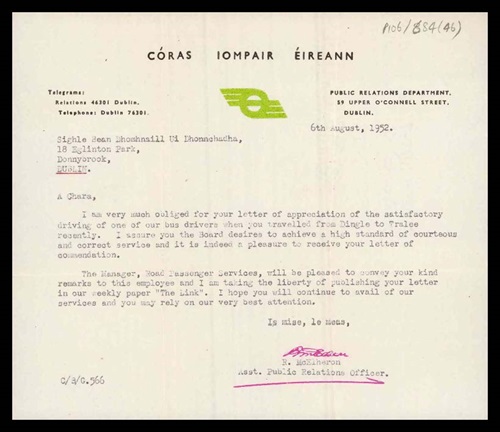
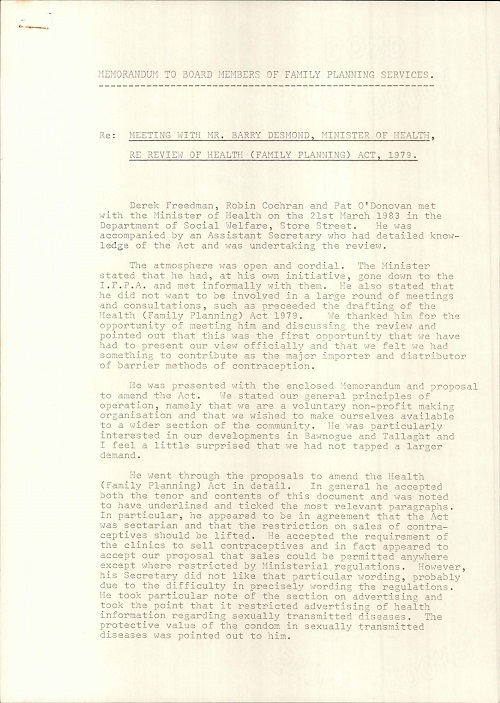
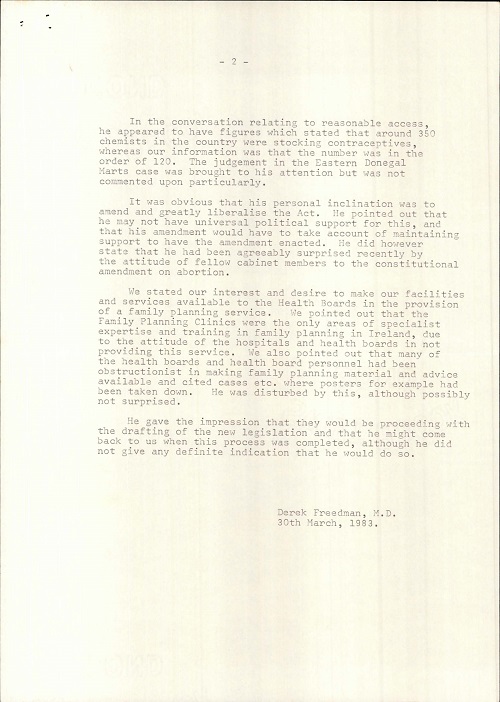
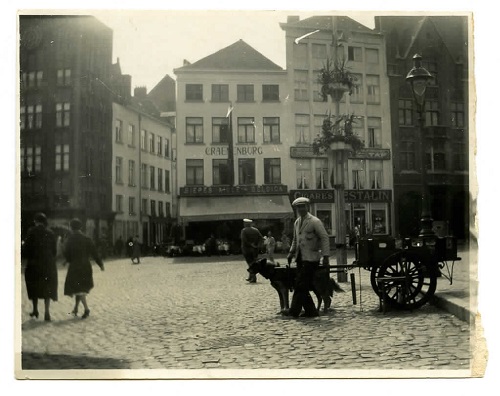
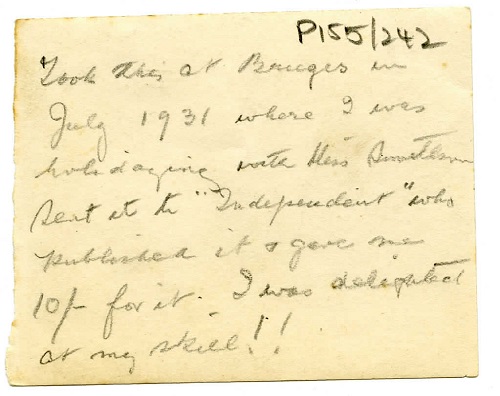
![Papers of Kathleen O’Connell. Photograph taken during Kathleen O’Connell’s final holiday in Caherdaniel, [1955]](https://www.ucd.ie/archives/t4media/P155-282-500w.jpg)
